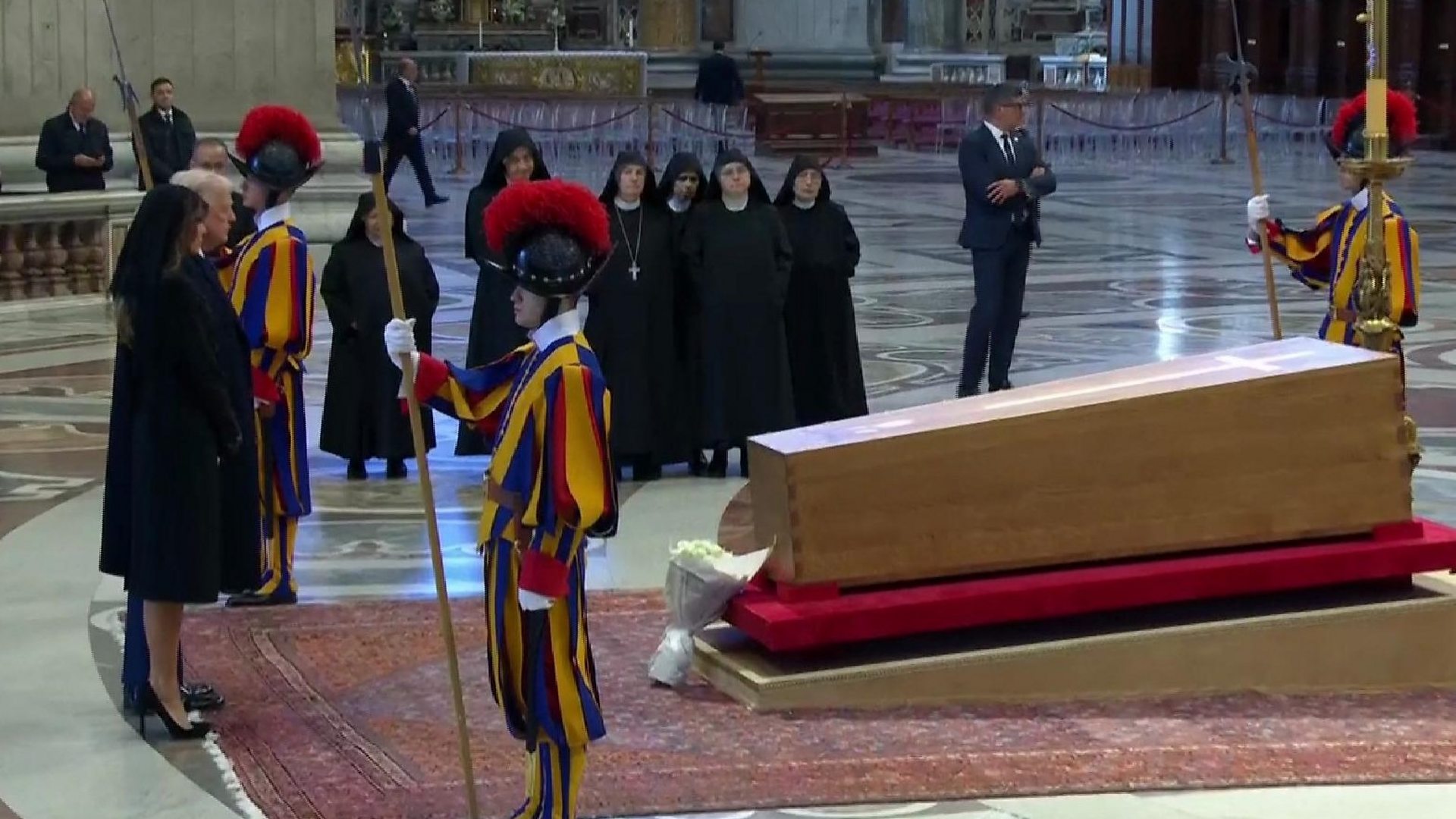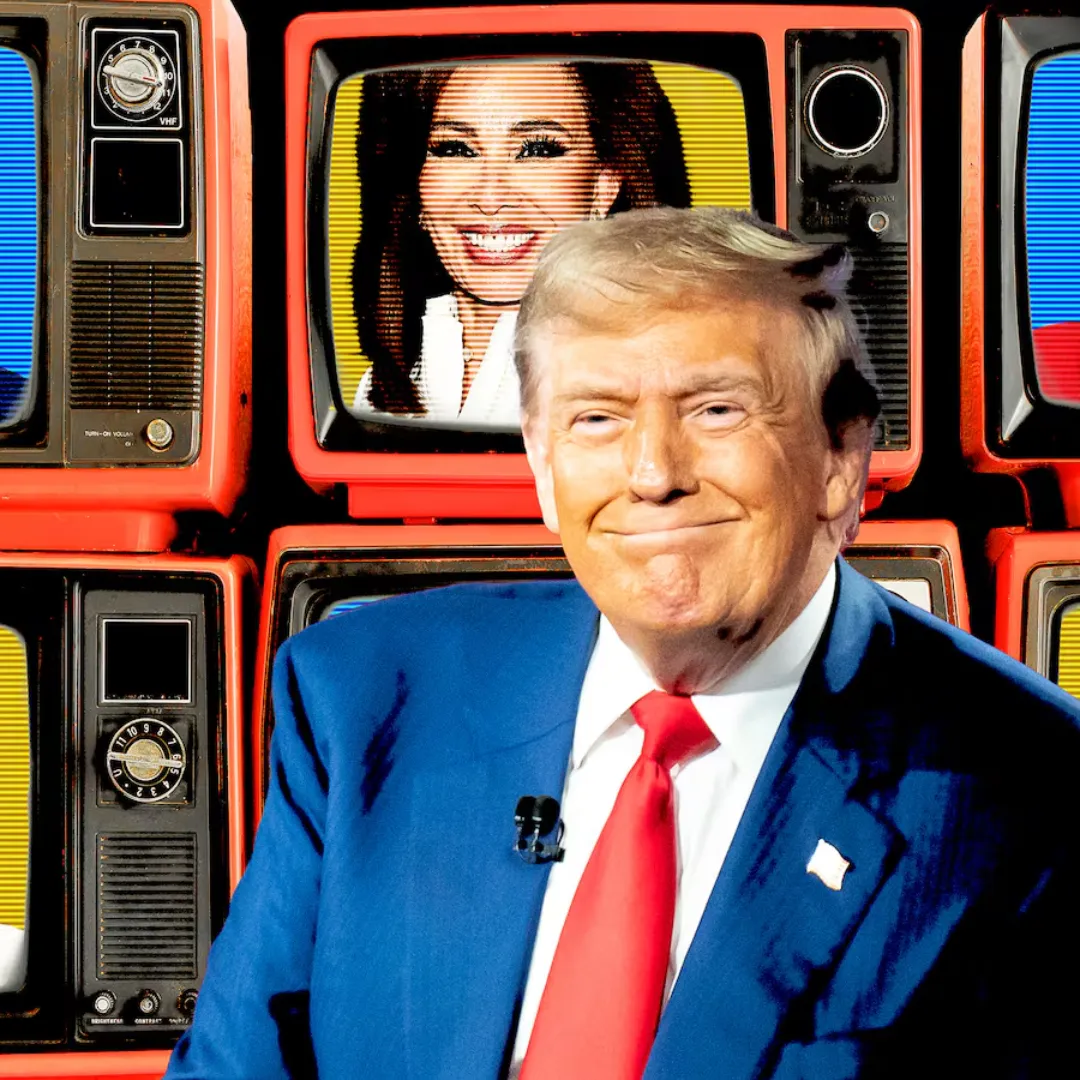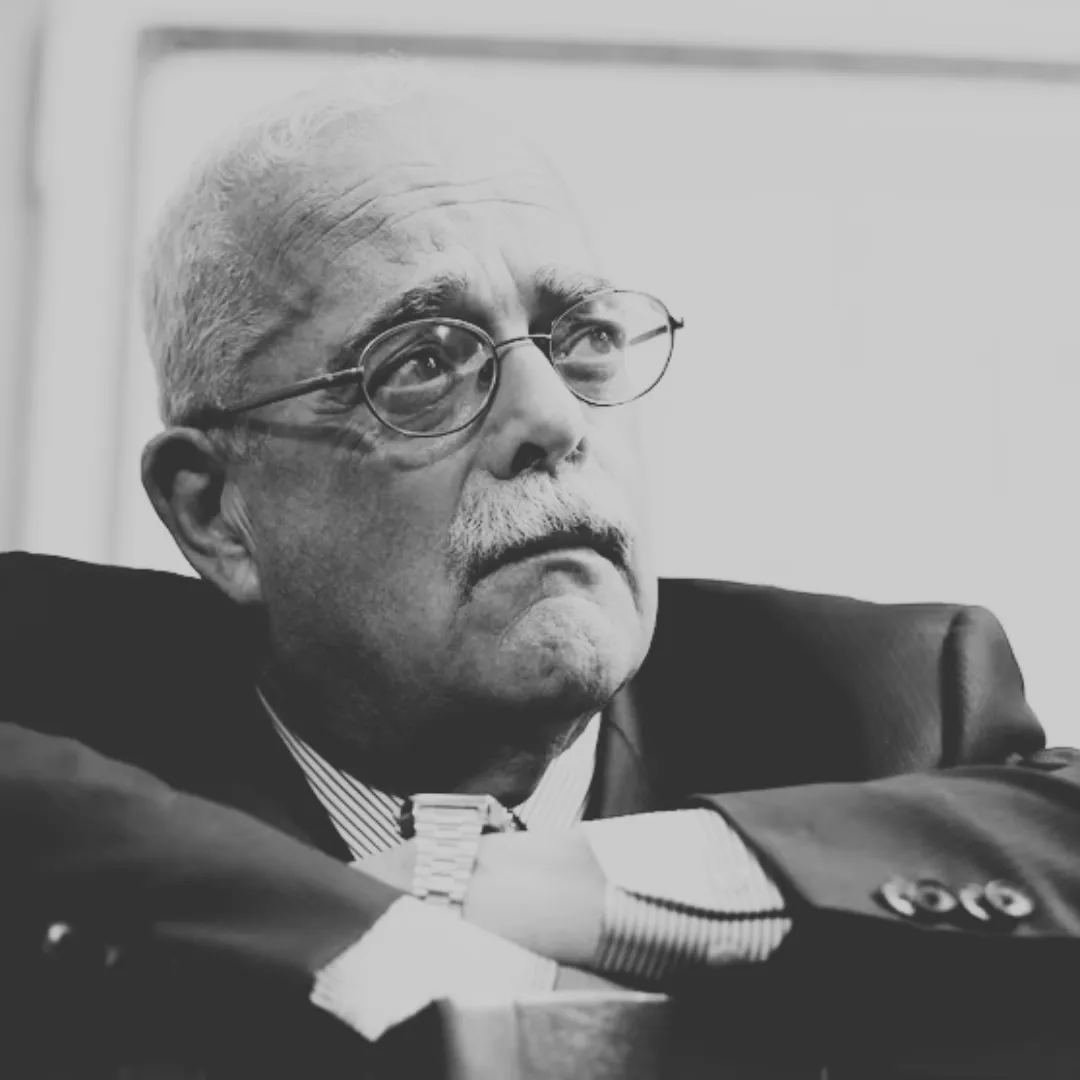
President Donald Trump’s presence at Pope Francis’s funeral on April 26, 2025, may have secured him a front-row seat at one of the most somber occasions in international diplomacy, but it was a sharp rebuke from the Vatican that made headlines and ignited further controversy.
Despite the historical significance of his visit and the opportunity to engage with world leaders, it was Cardinal Giovanni Battista Re’s homily that drew the most attention. Re’s comments, although not explicitly directed at Trump, echoed Pope Francis’s long-standing criticism of Trump’s policies, particularly his insistence on building walls and limiting immigration.
In the homily, Cardinal Re invoked the Pope’s famous mantra, “Build bridges, not walls,” a phrase that has become synonymous with the Vatican’s approach to addressing global conflicts and humanitarian issues.
“Pope Francis incessantly raised his voice, imploring peace and calling for reason and honest negotiation to find possible solutions... ‘Build bridges, not walls,’ was an exhortation he repeated many times,” Re said, clearly drawing a line between the pontiff’s vision of inclusivity and Trump’s policies, which have frequently focused on strengthening borders and restricting immigration.
This remark was widely interpreted as a direct jab at Trump’s signature policy from his first term: the construction of a border wall along the southern U.S. border. Trump, who had clashed with Pope Francis over the wall during the 2016 campaign, did not let this implicit criticism go unnoticed.
His relationship with the Pope has been marked by tension ever since the pontiff first questioned Trump’s Christian values in 2016, following Trump’s proposal to build the wall. Pope Francis’s public stance was clear when he said that anyone focused on building walls rather than bridges “is not Christian,” a statement that infuriated Trump.
In response, Trump labeled Francis as a “very political person” and accused Mexico of influencing the Pope’s stance.
The funeral, held in the heart of Vatican City, saw a significant number of world leaders in attendance, including French President Emmanuel Macron, British Prime Minister Keir Starmer, and Ukrainian President Volodymyr Zelensky.
Trump was greeted by many of them, including Zelensky, whose country is currently embroiled in a bitter war with Russia. The meeting between Trump and Zelensky, though cordial, was fraught with underlying tensions, particularly as Trump’s stance on Russia and the war in Ukraine continues to draw scrutiny.
The conversation between the two leaders raised hopes among some that a breakthrough in peace talks between Russia and Ukraine could be forthcoming. However, the attention was quickly diverted back to the funeral and the underlying ideological rifts that continue to define international relations.
Pope Francis and Trump had long been at odds over a variety of issues, from immigration to climate change. Francis’s outspoken criticism of Trump’s policies on immigration, particularly his rhetoric around mass deportations, has put the two figures at odds on numerous occasions.
The Pope’s criticism of Trump’s decision to withdraw from the Paris Climate Agreement was another point of contention. Trump’s supporters, meanwhile, have often painted Francis as a political figure, accusing him of meddling in matters that fall outside the traditional scope of the papacy.
The feud between the two men continued to simmer beneath the surface, even during Trump’s presidency, with Francis’s critiques growing sharper as Trump’s policies became more controversial.
Despite their differences, the funeral provided an opportunity for Trump to engage with European leaders, many of whom have sharply criticized his policies. Macron, Starmer, and others in the European Union have repeatedly voiced concerns over Trump’s approach to global diplomacy, particularly his stance on NATO, his relationship with Russia, and his handling of international trade.
Trump’s meeting with Zelensky, while diplomatically important, was viewed by many as a way for the U.S. to reassert its leadership in the ongoing conflict, particularly as Europe grapples with the fallout from Russia’s aggression.
However, the public clash between Trump and Pope Francis was unavoidable. Re’s homily, though not specifically aimed at Trump, served as a powerful reminder of the deep divide between the U.S. and the Vatican on issues of immigration and global cooperation.

Trump’s immigration policies, which have long been a source of contention, were once again brought into the spotlight during this event, with many seeing Re’s words as a subtle but pointed criticism of the president’s approach to global issues.
Trump’s administration has consistently positioned itself against international cooperation on issues like immigration, climate change, and trade, opting instead for an "America First" approach. This policy has often been at odds with global institutions, including the United Nations and the Vatican, which advocate for more inclusive and cooperative solutions to international problems.
The “Build bridges, not walls” mantra has come to symbolize a vision of global solidarity that stands in stark contrast to Trump’s focus on building physical and metaphorical barriers between the U.S. and the rest of the world.
The ongoing feud between Trump and Pope Francis has fueled the broader ideological divide between nationalism and globalism. For Trump, the notion of global cooperation is often viewed through a skeptical lens, as he believes that such efforts undermine American sovereignty and the interests of American citizens.
For Pope Francis, on the other hand, the pursuit of peace and inclusivity is at the heart of his papacy. The differences between these two figures reflect the broader tensions within the international community, where issues of immigration, trade, and national security continue to dominate the global discourse.
While the funeral was a somber occasion, it highlighted the deep divides that exist not only between Trump and the Vatican but also between the U.S. and its European allies. The differing approaches to global challenges, such as the Russia-Ukraine conflict, climate change, and immigration, underscore the ideological rifts that have emerged in recent years.
Trump’s visit to the Vatican and his interactions with world leaders are emblematic of the ongoing struggle to define the U.S.’s role in a rapidly changing global landscape.
Despite the tension at the funeral, the meeting with Zelensky gave some hope for diplomatic progress on the Russia-Ukraine war. Zelensky’s office released photographs of the two leaders sitting together in St. Peter’s Basilica, discussing potential outcomes for peace.

Zelensky tweeted about the meeting, emphasizing the hope for a "full and unconditional ceasefire" and "reliable and lasting peace" that would prevent future conflicts. The meeting was seen as symbolic, and it raised expectations that further talks could lead to a breakthrough in the ongoing conflict.
The funeral also served as a reminder of the personal and political tensions that have defined much of Trump’s presidency. The public confrontation between Trump and Pope Francis, and the ongoing issues surrounding Trump’s foreign policies, continue to shape his legacy on the world stage.
As the U.S. heads into another election cycle, Trump’s policies and his relationships with global leaders will remain a central focus of both domestic and international debate.
In the aftermath of the funeral and the discussions surrounding the meeting with Zelensky, the question remains: will Trump’s approach to diplomacy and global cooperation evolve, or will it continue to reflect the deep divisions that have defined his presidency?
As the world watches, the answer to this question will have significant implications for the future of international relations and the role of the U.S. in shaping global affairs.



